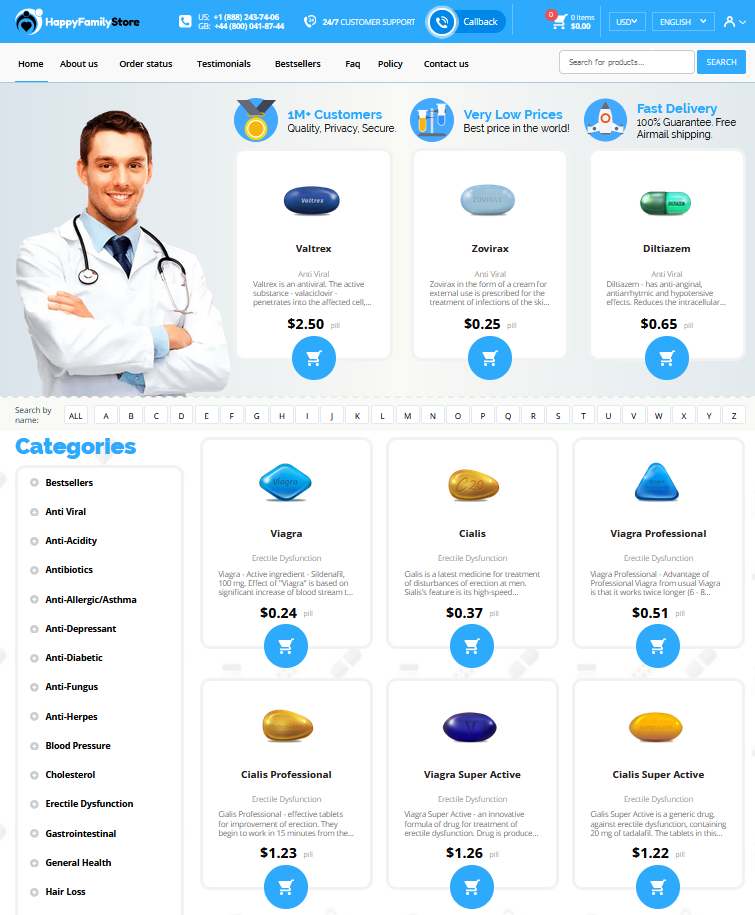 Comparing Arimidex with Other Aromatase Inhibitors
Comparing Arimidex with Other Aromatase Inhibitors
Understanding Aromatase Inhibitors: a Quick Overview
Aromatase inhibitors play a crucial role in the treatment of hormone-receptor-positive breast cancer by blocking the enzyme aromatase. This enzyme converts androgens into estrogens, pivotal hormones that can fuel the growth of certain cancer types. As a therapeutic intervention, aromatase inhibitors are often prescribed to postmenopausal women, aiming to reduce estrogen levels in the body and thereby slow or halt cancer progression. In addition to breast cancer, these inhibitors are also used in other conditions characterized by excessive estrogen production.
| Feature | Role of Aromatase Inhibitors |
|---|---|
| Mechanism | Blocks conversion of androgens to estrogens |
| Primary Use | Hormone-receptor-positive breast cancer |
| Target Group | Postmenopausal women |
These medications, including Arimidex, Femara, and Aromasin, vary in their chemical structure and pharmacokinetics but share a common goal: reducing the body's estrogen production. Understanding these differences is key to tailoring treatment plans, thereby optimizing outcomes and minimizing adverse effects.
Arimidex: the Leading Aromatase Inhibitor in Focus

Arimidex, known generically as anastrozole, has carved a niche for itself in the realm of cancer treatment, particularly in managing hormone-receptor-positive breast cancer in postmenopausal women. This medication functions by inhibiting the enzyme aromatase, effectively reducing estrogen levels and stifling the growth of certain types of breast tumors. Arimidex's prominence is not only built on its targeted efficacy but also on its once-daily dosing convenience, which enhances patient adherence.
Its reputation as a leading aromatase inhibitor stems from robust clinical trials that have demonstrated its capability to improve survival rates and delay cancer recurrence. Arimidex stands out due to its well-documented outcomes and widespread adoption in medical protocols. The endorsement by oncologists globally underscores its pivotal role in cancer care, making it a cornerstone in breast cancer management strategies.
Efficacy of Arimidex Versus Other Competitors
Arimidex, a popular choice in the realm of aromatase inhibitors, has demonstrated considerable efficacy in the quest to manage estrogen-dependent conditions. Clinically, it competes head-to-head with other notable options such as Femara (letrozole) and Aromasin (exemestane). Studies indicate that Arimidex effectively reduces estrogen levels, a crucial factor in treating hormone-receptor-positive breast cancer post-surgery. Notably, comparisons often highlight Arimidex's ability to decrease recurrence rates, painting it as a robust option. However, its efficacy must be considered within individualized treatment landscapes as patient responses can vary.
Side Effect Profiles: Arimidex Compared to Alternatives

Delving into the side effect profiles of aromatase inhibitors reveals distinct differences that can guide patient choices. Arimidex, a widely used option, is commonly associated with joint pain and stiffness, hot flashes, and fatigue. While these side effects can be challenging, many patients find them manageable with medical guidance. In comparison, other aromatase inhibitors like Letrozole and Exemestane also share similar side effect profiles, yet some studies suggest a slightly higher incidence of musculoskeletal issues with Letrozole.
Despite these nuances, the overall tolerability of Arimidex makes it a favored choice for many. However, patient experiences can vary significantly, emphasizing the need for personalized medical advice tailored to individual needs and health backgrounds.
Cost and Accessibility: Is Arimidex Worth It?
The financial aspect of breast cancer treatment can be as daunting as the condition itself, and when considering options, cost-effectiveness becomes crucial. Arimidex, known for its efficacy, often carries a higher price tag than some generic alternatives. However, the nuances of its benefits might justify the expense for many patients.
| Aromatase Inhibitor | Average Monthly Cost | Prescription Availability | |---------------------|----------------------|--------------------------| | Arimidex | High | Widely Available | | Generic Options | Lower | Varies by Region |
The accessibility of Arimidex is generally not a concern, thanks to its strong presence in most markets. Patients and healthcare providers must weigh its cost against potential outcomes, ensuring personalized treatment is both effective and economically viable.
Future of Aromatase Inhibitors: Emerging Trends and Options
As we look to the future of aromatase inhibitors, the landscape is rapidly evolving with promising new compounds in development. Researchers are exploring novel formulations that improve efficacy, reduce side effects, and enhance patient compliance. Personalized medicine is gaining traction, where treatments are tailored based on genetic markers, ensuring more effective outcomes for individuals. Additionally, advancements in understanding the biological pathways of breast cancer are paving the way for combination therapies that pair aromatase inhibitors with other targeted treatments, offering hope for more comprehensive cancer care.
Moreover, emerging biosimilars are making these vital medications more accessible and affordable, potentially expanding their global reach. As innovation continues, the potential for these drugs to revolutionize breast cancer treatment further grows, promising a future where personalized and effective interventions become the norm. The relentless pursuit of improvements in this field ensures that patients will have access to increasingly effective options, underscoring the critical role of ongoing research and collaboration in advancing cancer therapies.
For more detailed information, please refer to these sources: National Cancer Institute and BreastCancer.org.

